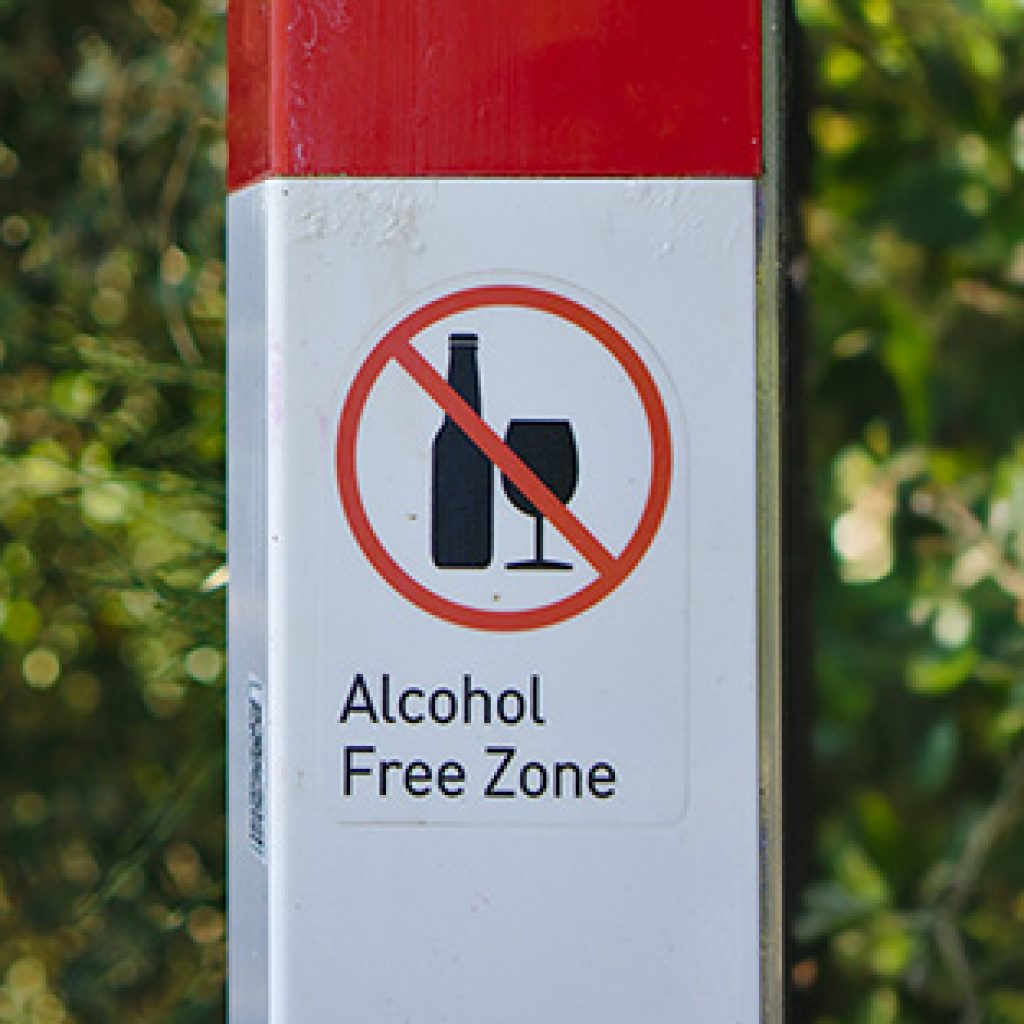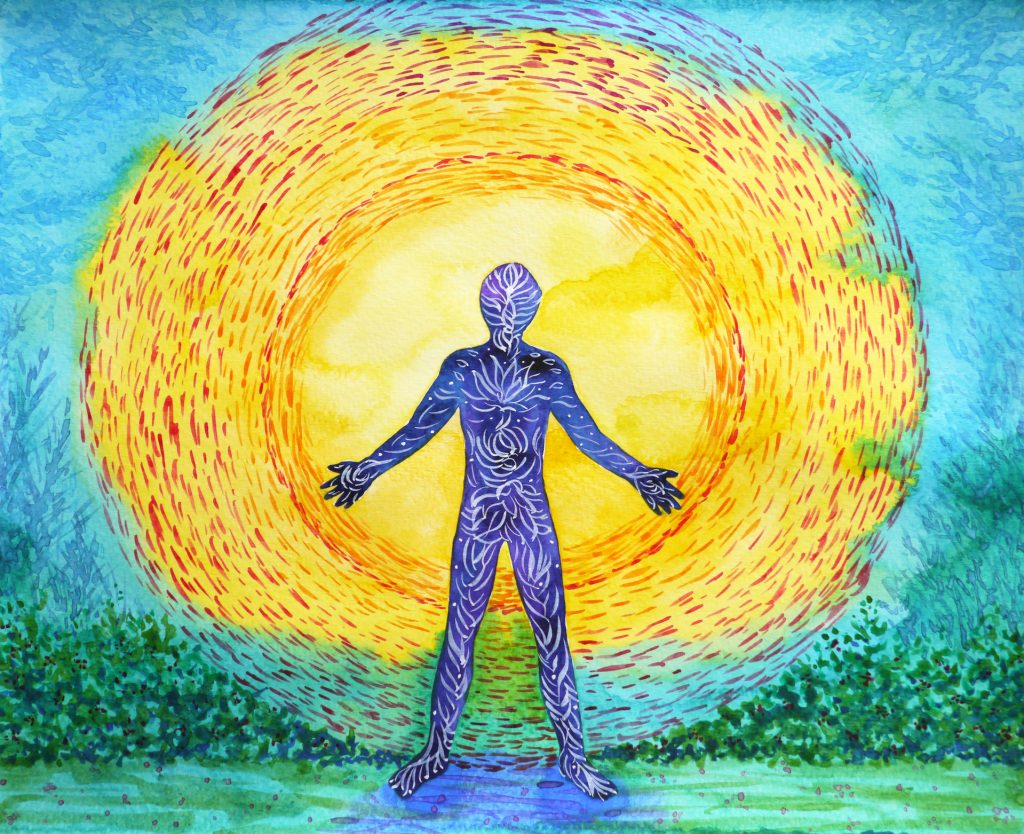What Do you Know About Gun Culture and Mental Health?
What Do you Know About Gun Culture and Mental Health?
“Be the change you wish to see in the world” –Attributed to a variety of sources.
The above quote inspires people to take action and has been credited to Mohandas Gandhi, Arleen Lorrance, Ernest Troutner, Diane Kennedy Pike, and Anonymous (Quote Investigator, October 23, 2017). Regardless of its origin, the idea that the changes we wish to see in the world begin within ourselves is a thought that many people have had. You might be thinking “Wait! What? or “What does this have to do with gun culture and mental health?” So, here is the rest of the story.
Walk the Talk America
Walk the Talk America (WTTA) is a non-profit organization that is the result of a dinner conversation between Michael Sodini and a young woman who asked him how the mental health and gun industries worked together to address gun violence. At that time, they didn’t. Owners of firearms often were reluctant to seek mental health services for fear of losing their right to own firearms, and mental health practitioners had not been suitably trained to serve members of the firearm-owning community. WTTA Founder and President, Mike Sodini decided to “Be the change” he wished to see in the world and is now spearheading programs dedicated to the vision of “Eradicating the prejudice that both the firearms and mental health industries face, while reducing the number of tragedies and deaths that have occurred over the years since the U.S. has had a decline in mental health funding and education.” WTTA, through education, outreach, and fostering engagement, is an effort to bridge the gap between the mental health and firearms communities to reduce firearm suicides and other negative incidents associated with firearms ownership. WTTA hopes to raise awareness and promote understanding by developing programs for suicide prevention, firearms negligence, trauma mitigation, and child safety. The complete account of the evolution of WTTA is found in the website’s About Us page.
Data on Guns and Gun Ownership
The U.S. Constitution includes the right to own and bear arms in the second amendment. Gun Ownership in the U.S., 2020, a report published by Gallup, revealed that 44% of U.S. adults either personally own a gun or live in a gun-owning household (Saad, 2021). The greater percentage of gun owners are men (45% vs women 19%), college graduates (35% vs some college: 34%, and no college: 31%), and those with incomes over $100,000 (38% vs $40,000 to < $100,000: 34%, and < $40,000: 25%). Most often, gun owners are Republicans (50%), live in rural areas (48%), are self-identified conservatives (45%), and live in the Southern U.S. (40%).
From the early exploration of what was to become the United States through its transition to a free and independent country, and up to the present, guns have been a continuous part of American society. Whether owned for hunting, performing one’s job, self-protection, sport shooting, or gun collecting, gun ownership is complex and often linked with the expression and exercise of the 2nd Amendment right, despite the fact that guns can be associated with activities that have negative consequences. More information about the complexity of gun-ownership can be found in America’s Complex Relationship With Guns from the Pew Research Center and the report upon which the article is based (Parker et al., 2020).
Myths About Mental Health and Violence
According to Gallup, 83% of people surveyed in 2019 thought that a “fair amount” or “great deal” of the blame for mass shootings belongs to a failure of the mental health system to identify individuals who are a danger to others (Gallup, 2021). The number one approach in preventing school shootings favored by those surveyed is to make major changes to school security measures and the mental health system (56%), and 79% of those surveyed in 2013 would vote for a law that would increase government spending for mental health programs for young people (Gallup, 2021).
Contrary to media portrayals, very few people with mental health disorders are violent. According to one study, there was no statistically significant association for the likelihood of acquiring, possessing, and carrying a gun between people with or without mental disorders, and those “who had reported a prior suicide attempt were significantly less likely to have access to a gun than those who never had attempted suicide” (Ilgen et al., 1994). More recent research found a fourfold increased risk for death by suicide for adolescents who lived in a home with a firearm, however (Swanson et al., 2020). Increasing age is also associated with increased risk of death by suicide, particularly among those aged greater than 65 who did not have known mental illness (Schmutte & Wilkinson, 2020). Although more research is needed, additional studies suggest that risk increases among those who live in households that do not practice safe gun storage methods (Karras et al., 2019; Morgan et al., 2018). Some of the more harmful aspects of promoting the idea that gun violence is common among those with mental disorders when it is not supported by research is that it detracts from addressing actual risk factors, such as promoting safe storage methods for firearms and reducing increased risk of death by suicide among aging populations. According to Mental Health America (MHA), the promotion of mental health as part of overall wellness, and of providing prevention, early identification, and intervention for all who need mental health services should be of the utmost importance. This should be the ultimate goal of both policymakers and service providers, in order to reduce the trauma, stigmatization, discrimination, and victimization of those with mental health disorders that unwarranted association with gun violence already causes. More information about MHA and their stance on mental health policy issues can be found in Position Statement 72: Violence: Community Mental Health Response.
A Golden Learning Opportunity for Behavior Health Providers
One of the ways that WTTA is helping to improve both the number and the quality of opportunities for understanding between mental health care providers, first responders, and other professions is through cultural competence training. In 2019, WTTA partnered with Zephyr Wellness to provide Part 1 of At the Intersection of Guns and Mental Health: The Introductory Course. The course covered the principles of firearms, firearms cultures, and suicide prevention and intervention related to firearms for behavioral health providers. For those who were unable to attend the introductory course, the introductory course is available for free on the WTTA website and may be viewed ahead of time to prepare for the upcoming intermediate course.
On Wednesday, July 21, 2021, from 8:30am PDT to 11:30am PDT, CASAT Learning is offering At the Intersection of Guns and Mental Health: The Intermediate Course Live Webinar. The course is a suicide and cultural competence course and will satisfy 3 CEUs of Suicide Prevention and Cultural Competency. The intermediate course will cover principles of suicide postvention, law enforcement, military, first responders, and other professions whose cultures of stigma often inhibit care access.
Presenters will be:
Jake Wiskerchen, MFT, NCC, Zephyr Wellness
Michael Sodini, President, Walk the Talk America
Amy Barnhorst, MD
Eddie Davenport
Chris Jachimiec
Brandon Cassinelli
Attendees will have the rare opportunity to hear first-hand about the cultures of law enforcement, physicians, military veterans, and social workers as they share information about their experiences with daily tasks, basic stressors, work climate, stigma related to their professions, and other important aspects of these cultures. The training is designed to promote knowledge and understanding of the real and perceived barriers to seeking mental health care that each profession encounters. More information is available at CASAT Learning.
What are some of the ways you learn about the cultures of other professionals or gun culture? Please share your experiences in the comments below.
References
Gallup. (2021, February 11). In Depth Topics A to Z: Guns. Gallup.com. https://news.gallup.com/poll/1645/guns.aspx.
Ilgen, M. A., Zivin, K., McCammon, R. J., & Valenstein, M. (2008). Mental illness, previous suicidality, and access to guns in the United States. Psychiatric services (Washington, D.C.), 59(2), 198–200. https://doi.org/10.1176/ps.2008.59.2.198
Karras, E., Stokes, C. M., Warfield, S. C., Barth, S. K., & Bossarte, R. M. (2019). A randomized controlled trial of public messaging to promote safe firearm storage among U.S. military veterans. Social science & medicine (1982), 241, 112205.
Morgan, E. R., Gomez, A., & Rowhani-Rahbar, A. (2018). Firearm Ownership, Storage Practices, and Suicide Risk Factors in Washington State, 2013-2016. American journal of public health, 108(7), 882–888. https://doi.org/10.2105/AJPH.2018.304403
Parker, K., Horowitz, J. M., Igielnik, R., Oliphant, J. B., & Brown, A. (2020, May 30). Guns in America: Attitudes and Experiences of Americans. Pew Research Center’s Social & Demographic Trends Project. https://www.pewresearch.org/social-trends/2017/06/22/americas-complex-relationship-with-guns/.
Saad, L. (2021, April 3). What Percentage of Americans Own Guns? Gallup.com. https://news.gallup.com/poll/264932/percentage-americans-own-guns.aspx.
Swanson, S. A., Eyllon, M., Sheu, Y. H., & Miller, M. (2020). Firearm access and adolescent suicide risk: toward a clearer understanding of effect size. Injury prevention : journal of the International Society for Child and Adolescent Injury Prevention, 27(3), 264–270. Advance online publication. https://doi.org/10.1136/injuryprev-2019-043605
Links
Additional links may be found on the CASAT OnDemand Resources & Downloads page.
The Behavioral Science of Firearms: A Mental Health Perspective on Guns, Suicide, and Violence
Cultural Competence Related Posts on the Catalyst Blog:
- Cultural and Linguistic Competence: A resource Review for Behavioral Health Providers
- UPDATED: Older Adults and Substance Use Disorder: How Can Family, Friends and Providers Help?
- Important Facts About Native American Heritage Month
- Seniors and Suicide: Nevada Programs for Helping Seniors to Stay Healthy
- Military Cultural Competence: An Overview and Resources for Serving Those Who Have Served in the Military
- Breaking Down Barriers to Treatment: Reaching Parity for Rural Clients with Co-occurring Substance Use Disorders and Serious Mental Illness
- Equitable Substance Use Disorder Treatment for LGBTQ Populations: Research, Tools, and Resources for Behavioral Health Providers
Blog Post Tags:
Related Blog Posts
Related Learning Labs
Related Resources
.
- Buscar Tratamiento de Calidad para Trastornos de uso de Sustancia (Finding Quality Treatment for Substance Use Disorders Spanish Version)
- Finding Quality Treatment for Substance Use Disorders
- Focus On Prevention: Strategies and Programs to Prevent Substance Use
- Monthly Variation in Substance Use Initiation Among Full-Time College Students
- The National Survey on Drug Use and Health (NSDUH) Report: Monthly Variation in Substance Use Initiation Among Adolescents








